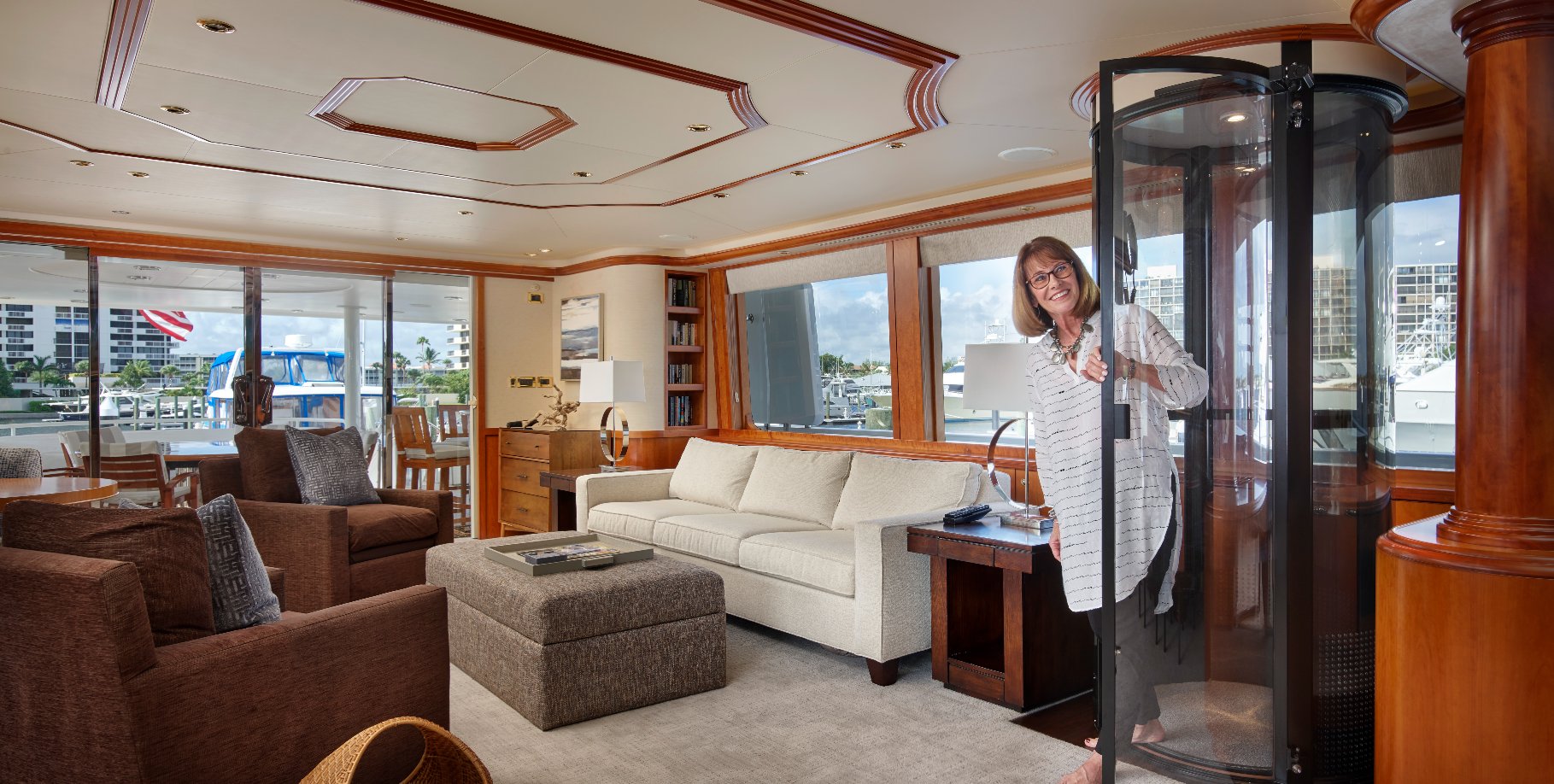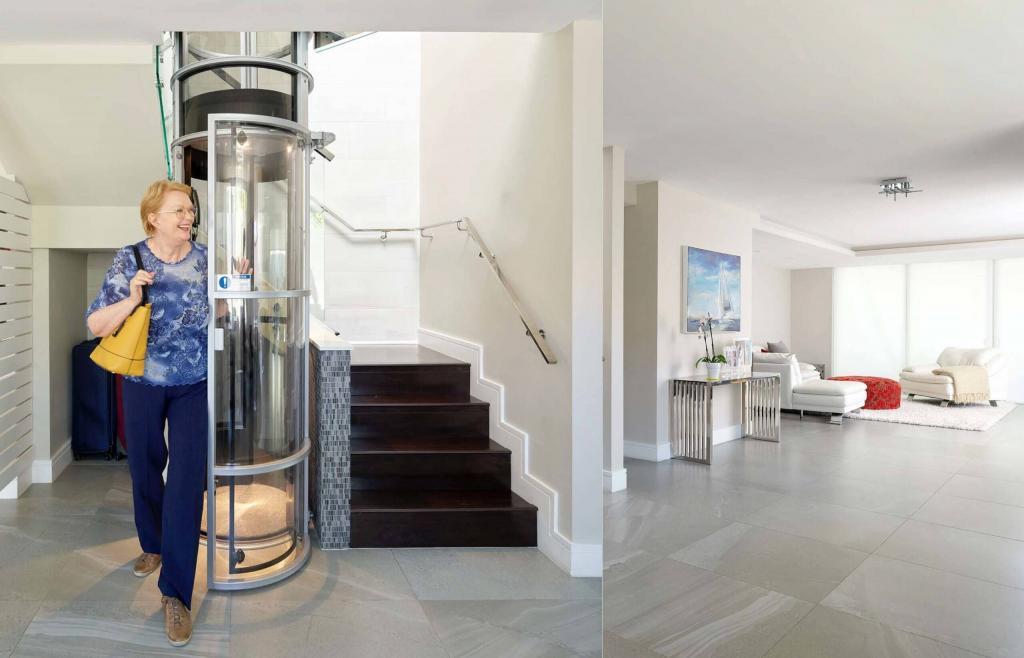
Adding a residential elevator to your home isn’t just a luxury – it can significantly improve accessibility, comfort, and even the resale value of your property. But before embarking on this exciting journey, navigating the world of residential elevator codes can feel daunting. Fear not! This comprehensive guide will equip you with everything you need to know about residential elevator code requirements, ensuring a smooth and compliant installation.
Demystifying the Standards – ASME A17.1
The primary governing body for residential elevator safety is the American Society of Mechanical Engineers (ASME). Their ASME A17.1 standard, also known as the “Safety Code for Elevators and Escalators in Private Residences,” serves as the backbone for most local building codes across the United States. While some states or municipalities might impose additional regulations, adhering to ASME A17.1 guarantees a safe and compliant installation.
Key Considerations under ASME A17.1
- Elevator Type: The code establishes different requirements for various elevator types, including traction, hydraulic, and vacuum. Understanding your specific needs and space limitations will help determine the most suitable option.
- Size and Capacity: Minimum cab dimensions and weight capacity are clearly defined based on occupancy needs. Remember, these are minimums, and you can opt for a larger size for comfort and future use.
- Door Requirements: Door opening width, travel distance, and safety features like interlocks and automatic reopening are considered. It is important to prevent entrapment and ensure smooth operation.
- Controls and Signaling: Clear and accessible control panels with raised buttons and emergency call features are mandatory. Luminous and audible signals for arrival, departure, and emergencies further enhance safety and user experience.
- Hoistway and Machine Room: The code dictates specific requirements for the enclosed shaft where the elevator travels (hoistway). It also covers any necessary machine room housing equipment. Fire resistance, ventilation, and access limitations are crucial aspects.
- Lighting and Ventilation: Adequate lighting within the cab, hoistway, and machine room is essential for safety and maintenance. Ventilation, either natural or mechanical, ensures proper air circulation within the hoistway.
- Safety Features: Emergency lowering, automatic brakes, power interruption measures, and phone communication systems are critical components. They are mandated by the code to address potential emergencies.
Beyond the Basics – Additional Considerations
- Local Building Codes: While ASME A17.1 serves as a starting point, always remember to check with your local building department. You need to look for any additional or amended regulations specific to your region.
- Historic Homes and HOAs: If your home falls under historic preservation guidelines or is subject to HOA regulations, additional approvals or design restrictions might apply.
- Permitting and Inspections: Obtaining permits and scheduling inspections with your local building department are crucial steps. It ensures code compliance throughout the installation process.
- Professional Installation: Entrusting the installation to a qualified and licensed professional elevator contractor guarantees adherence to code requirements and optimal safety standards.
Embracing Accessibility and Enhanced Living
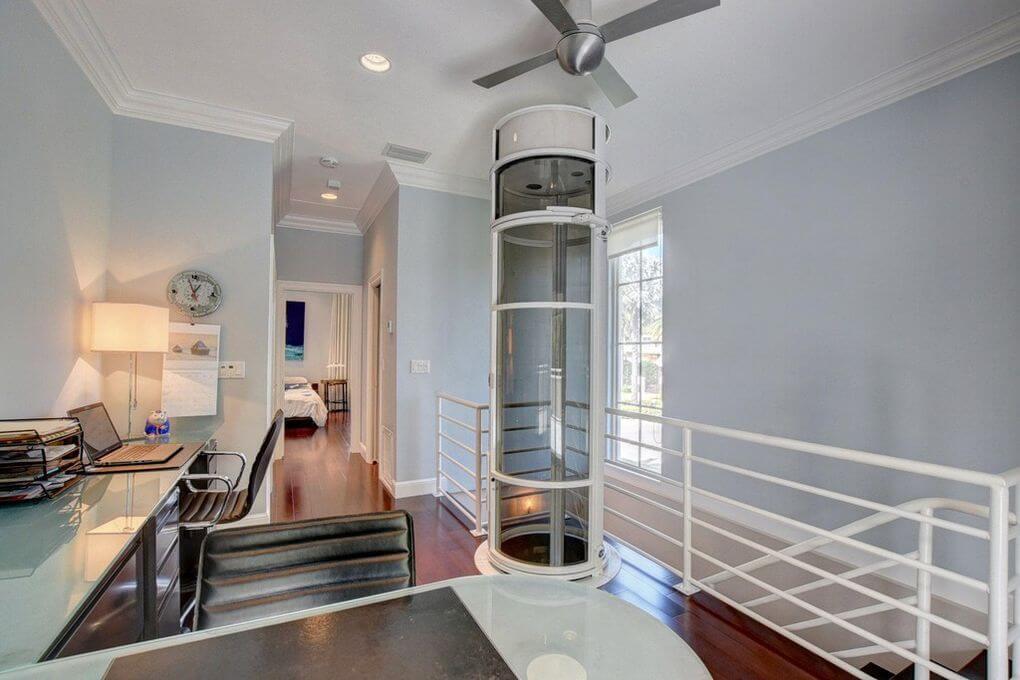
Adding a residential elevator to your home is an investment. It promotes accessibility, convenience, and increased enjoyment of your living space. By understanding and adhering to the residential elevator code requirements, you can embark on this project with confidence. In this way, you can focus on ensuring a safe, compliant, and valuable addition to your home.
Remember:
- Consulting with a professional elevator contractor early in the process is invaluable for navigating code requirements and choosing the right solution for your needs.
- Staying informed about any local code amendments or specific regulations in your area ensures a smooth and compliant installation.
- Prioritizing safety by adhering to code requirements and utilizing qualified professionals guarantees peace of mind and long-term value for your investment.
Valuable Resources to further understand residential elevator code requirements
- ASME A17.1 Standard: https://www.asme.org/resources/a17-elevators-and-escalators
- International Code Council (ICC): https://www.iccsafe.org/
- National Association of Home Builders (NAHB): https://www.nahb.org/
Remember, safety and compliance are paramount, and seeking professional guidance is key to achieving a successful and rewarding experience.
Why It’s Crucial to Choose Code-Compliant Residential Elevators: Beyond Safety
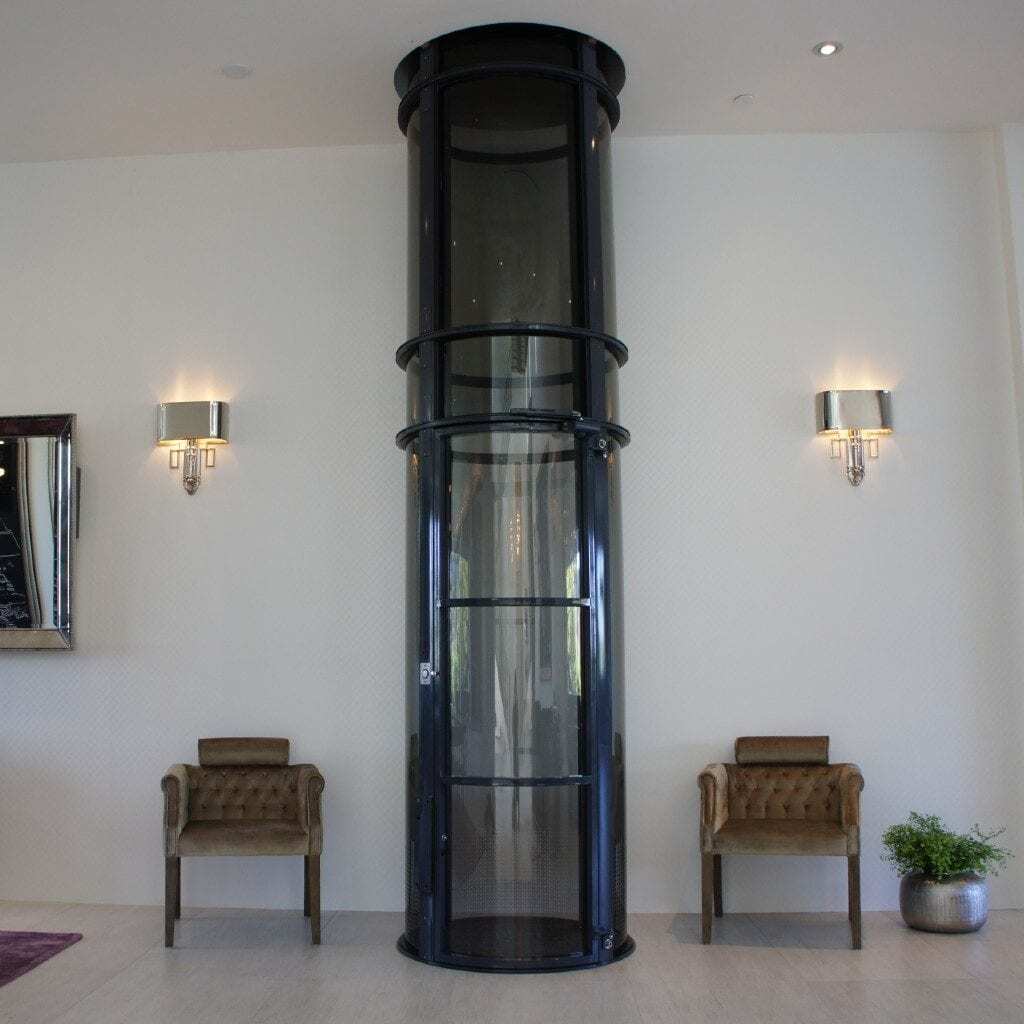
Navigating residential elevator code requirements might seem like an extra hurdle. However, choosing a code-compliant elevator goes far beyond simply ticking a box. It’s an investment in safety, functionality, value, and peace of mind. Here’s why:
Safety First and Foremost:
- Life-Saving Measures: Code requirements meticulously address potential hazards like entrapment, falls, and electrical issues. Features like emergency lowering, robust brakes, and interlocked doors mandated by the code are your first line of defense.
- Quality Assurance: Compliance signifies adherence to rigorous safety standards and construction practices. It minimizes the risk of malfunctions and ensuring long-term reliability.
- Peace of Mind: Knowing your elevator adheres to stringent safety regulations allows you and your loved ones to use it with confidence. It fosters a sense of security and well-being within your home.
Functionality and Future-Proofing:
- Optimized Performance: Code requirements ensure proper sizing, capacity, and operational specifications, guaranteeing smooth, efficient travel and accommodating your specific needs.
- Accessibility for All: Adherence to accessibility standards like minimum door widths and raised buttons creates an inclusive environment. It benefits individuals with mobility limitations and futureproofing your home for aging in place.
- Increased Resale Value: Code-compliant elevators demonstrate a commitment to safety and quality. It makes your home more attractive to potential buyers and potentially boosting its resale value.
Avoiding Costly Pitfalls:
- Non-Compliance Risks: Ignoring code requirements could lead to hefty fines, forced removal of the elevator, or liability issues in case of accidents.
- Future Renovations: Non-compliant installations might require costly modifications down the line to meet code standards, negating any initial savings.
- Insurance Headaches: Some insurance companies might deny coverage or increase premiums for non-compliant elevators, adding unexpected financial burdens.
Choosing the Right Partner:
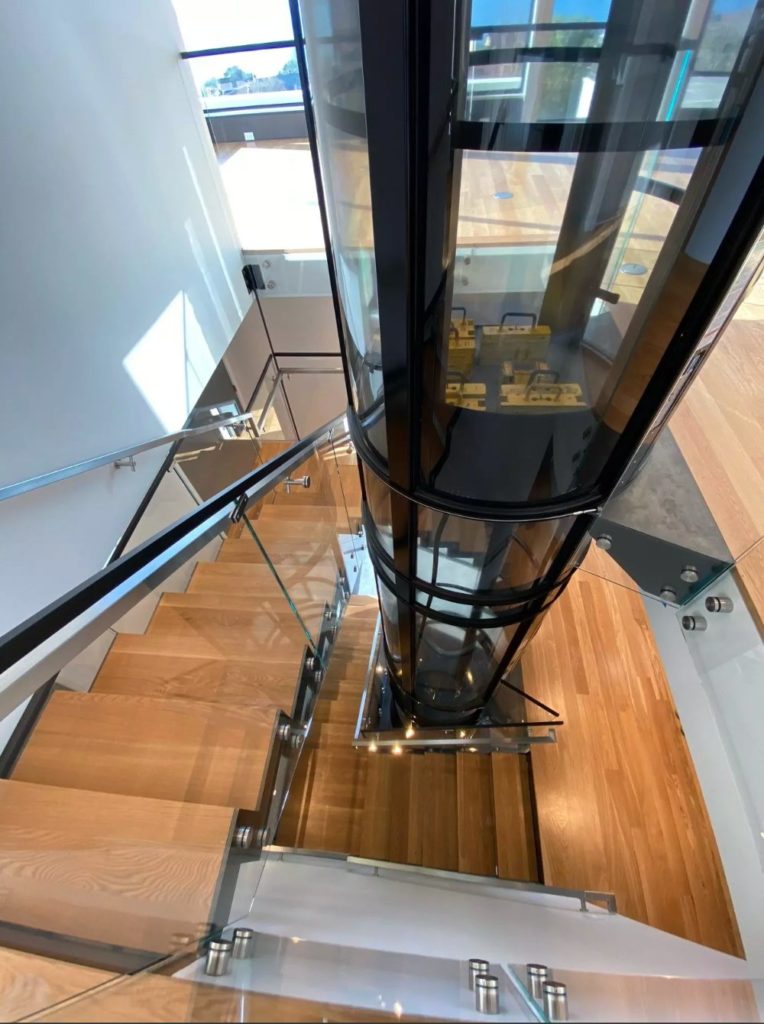
Opting for a qualified and licensed professional ensures they:
- Possess in-depth knowledge of code requirements: Their expertise navigates the complexities of codes, saving you time and ensuring compliance.
- Offer certified equipment: They source and install elevators that meet all relevant safety and performance standards.
- Provide professional guidance: They advise you on choosing the right elevator type, size, and features based on your needs and code requirements.
- Guarantee peace of mind: Their warranty and service support ensure long-term functionality and address any future concerns.
Investing in a residential elevator is an investment in your home, your family’s safety, and your peace of mind. By prioritizing code compliance and choosing a qualified professional, you can transform your dream into a reality, adding value, convenience, and accessibility to your living space for years to come.
PVE Vacuum Elevators: Soaring Above Code Compliance with Innovation
When it comes to navigating the world of residential elevator code requirements, PVE Vacuum elevators stand out as champions of safety, innovation, and seamless compliance. Here’s why choosing a PVE Vacuum elevator puts you ahead of the game:
Designed with Code in Mind:
- Space-Saving Synergy: PVE’s unique vacuum technology eliminates the need for a bulky machine room and hoistway, allowing for easier code compliance in terms of space requirements. This is especially beneficial in retrofitting existing homes or navigating tight spaces.
- Simplified Installations: Their modular design and prefabricated components ensure faster installation times, minimizing disruption and expediting permit approvals due to their adherence to established standards.
- Future-Proof Design: PVE prioritizes adaptability, offering a range of models and customization options that can accommodate potential code updates or changing needs, offering long-term compliance peace of mind.
Safety Features Built-In:
- Uncompromising Security: PVE elevators boast redundant safety systems, including emergency lowering, automatic brakes, and power interruption measures, exceeding most code requirements for enhanced protection.
- Accessibility Champion: Their spacious cabins and user-friendly controls, often exceeding minimum code-mandated dimensions and features, cater to diverse needs and promote inclusivity.
- Continuous Monitoring: PVE’s advanced diagnostic systems constantly monitor performance and provide real-time updates, allowing for swift intervention and proactive maintenance, exceeding reactive code requirements.
A Sustainable Choice:
- Environmentally Friendly: PVE’s energy-efficient technology utilizes significantly less power compared to traditional elevators, exceeding some code-driven sustainability initiatives.
- Reduced Noise Pollution: Their quiet operation minimizes noise disruptions within your home and potentially adheres to noise-related code restrictions in sensitive areas.
- Durable Construction: PVE elevators are built with high-quality materials and rigorous testing, ensuring longevity and minimizing the need for frequent replacements, contributing to long-term code compliance and resource conservation.
Beyond Compliance – A Personalized Experience:
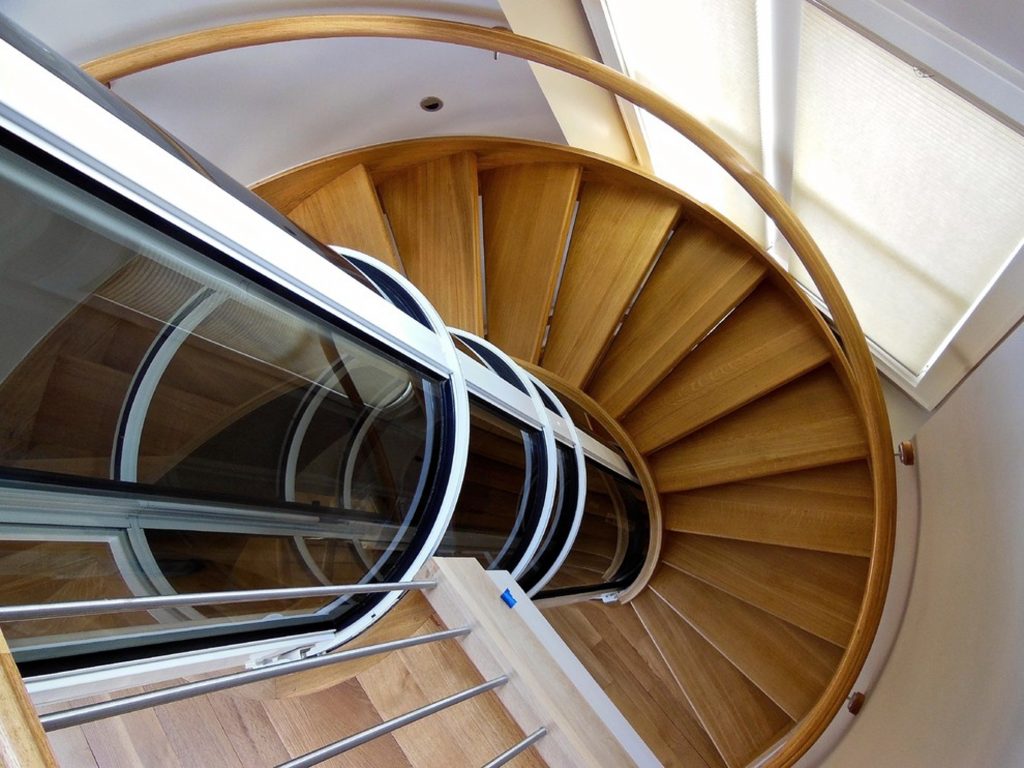
Choosing PVE goes beyond simply meeting code. You gain:
- Unmatched Design Flexibility: Their wide range of customization options allows you to create an elevator that seamlessly integrates with your home’s aesthetics, exceeding the basic code requirements for integration with the surrounding environment.
- Superior Comfort: Spacious cabins, smooth rides, and innovative features like automatic doors and LED lighting prioritize user comfort and exceed the functional code requirements for basic operation.
- Exceptional Customer Service: PVE’s dedicated team ensures a smooth installation process, comprehensive training, and ongoing support, exceeding the code-mandated minimum service expectations.
Ready to Elevate Your Home and Your Peace of Mind?
Don’t settle for just meeting code requirements. Choose a PVE Vacuum elevator and experience the difference. Contact our team today to schedule a consultation and discover how a PVE elevator can seamlessly integrate into your home, exceeding expectations and creating a lasting legacy of comfort, safety, and innovation.
Visit our website for more information and browse our elevator models




